A Guide to Spider Webs (and the Spiders Behind Them)
If you’ve ever walked face-first into a spider web, you know the feeling. Panic. Disgust. And an involuntary instinct to karate chop the air. But before you knock it down, take a closer look, because every silky strand tells a story about the spider that made it.
From delicate spirals spun to catch flying insects to hidden tunnels where spiders wait to ambush prey, not every web is created equal. By learning to recognize the different types of spider webs, you can get an idea of which eight-legged architect is sharing your home or yard.
Types of Spider Webs
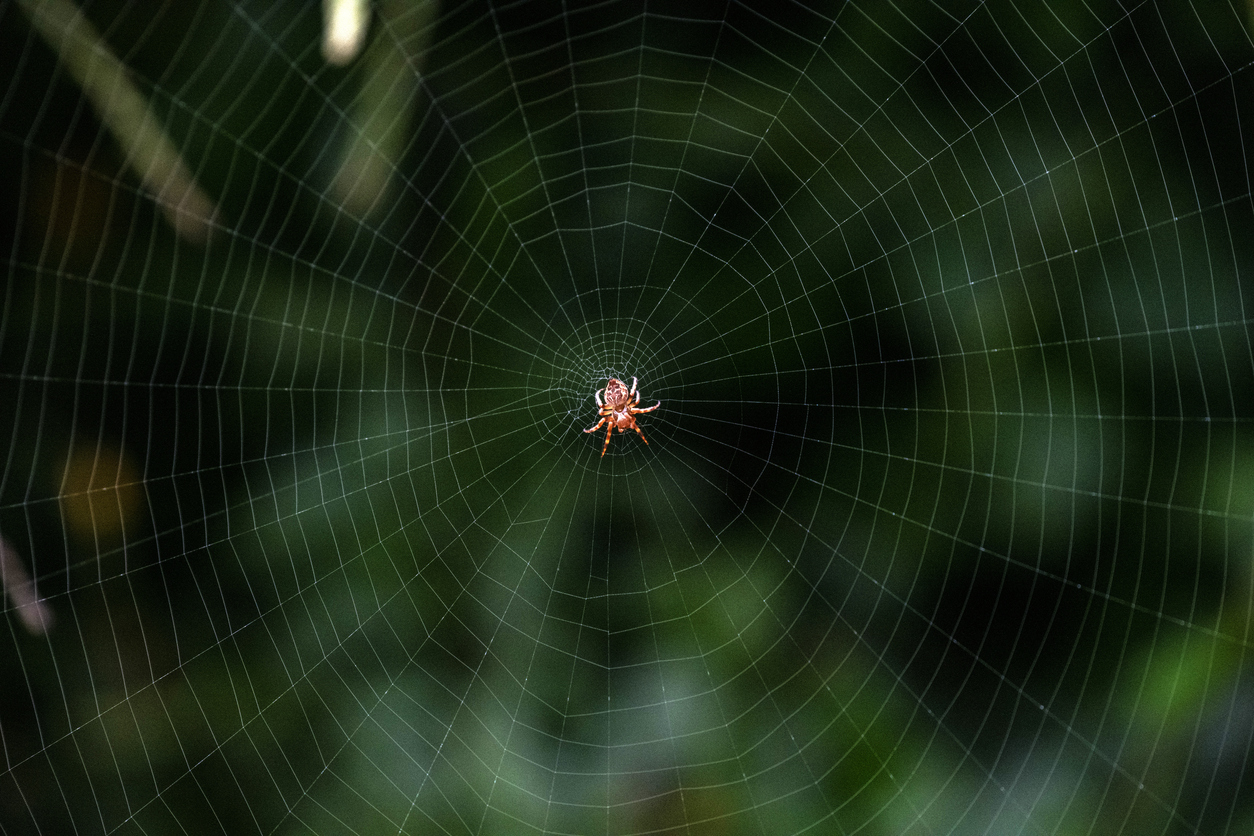 Orb Webs
Orb Webs
When you picture a spider web, chances are the orb web is the first one that comes to mind. These symmetrical, wheel-shaped designs are some of the most beautiful spider webs, and they’re not just pretty. Their spiral structure is a masterclass in engineering, designed to catch flying insects from every direction.
Orb webs are so well-built that they’re often compared to man-made suspension bridges, and for good reason. Spider silk is famously strong, ounce for ounce tougher than steel, yet flexible enough to stretch without breaking.
These strong spider webs are usually built by garden spiders, orb weavers, and golden silk orb-weavers (sometimes called banana spiders). These busy builders often make new webs daily, sometimes even eating the old silk first to recycle its proteins.
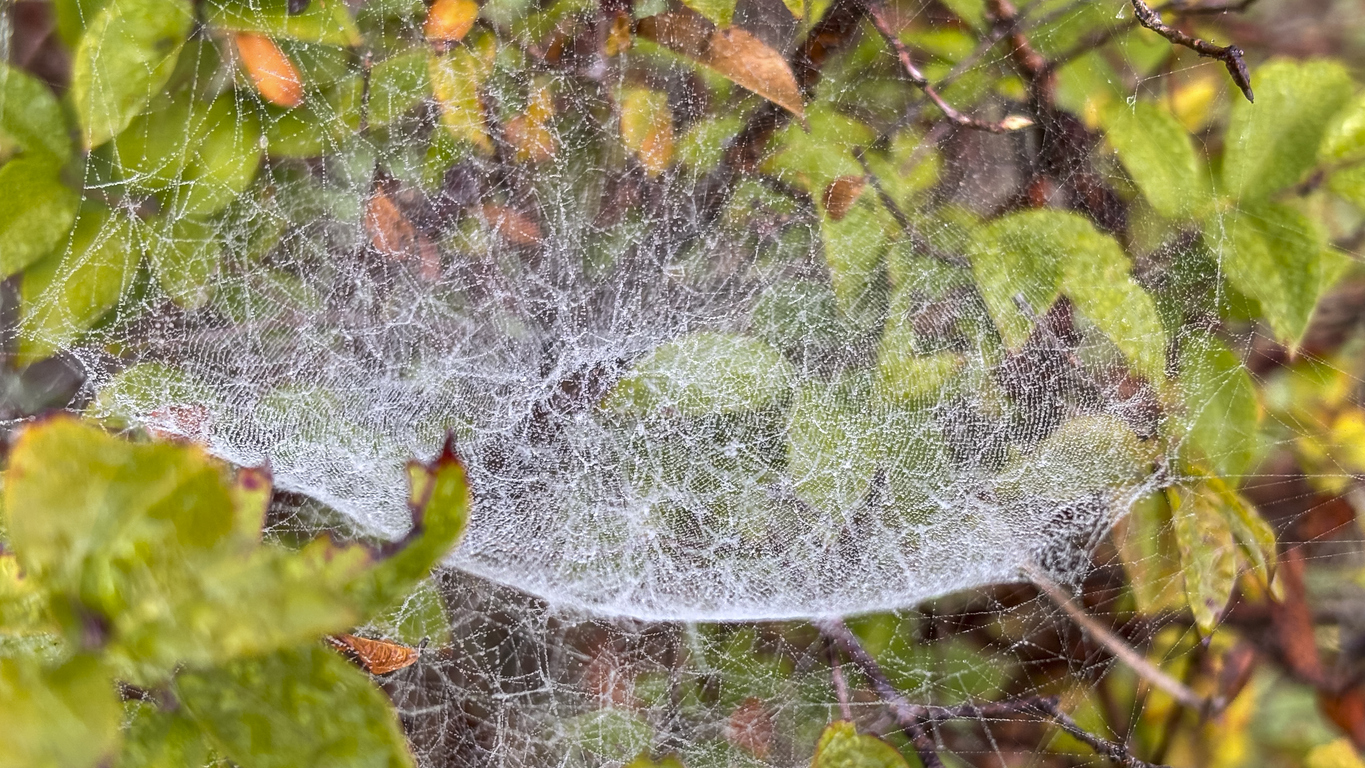 Sheet Webs
Sheet Webs
Have you ever walked through your yard early in the morning and noticed spider webs with dew drops all over your grass? If so, you’ve seen sheet webs. At first glance, they look like a random layer of silk, but take a closer look, and you’ll see a clever design in action.
These horizontal webs act like nets, catching unsuspecting insects that fly into one of the higher-up strands. Instead of relying on sticky silk, sheet webs use thick layers and tension to create a trampoline effect, bouncing insects right into a spider’s grasp. Once the prey falls into the tangle of webs, the spider strikes from below.
Sheet weavers, also called money spiders, are the arachnid architects behind these creations. They’re small, unassuming, and usually stay hidden underneath their own handiwork. Some common sheet weavers are the herb hammock spider and the spring hammock spider.
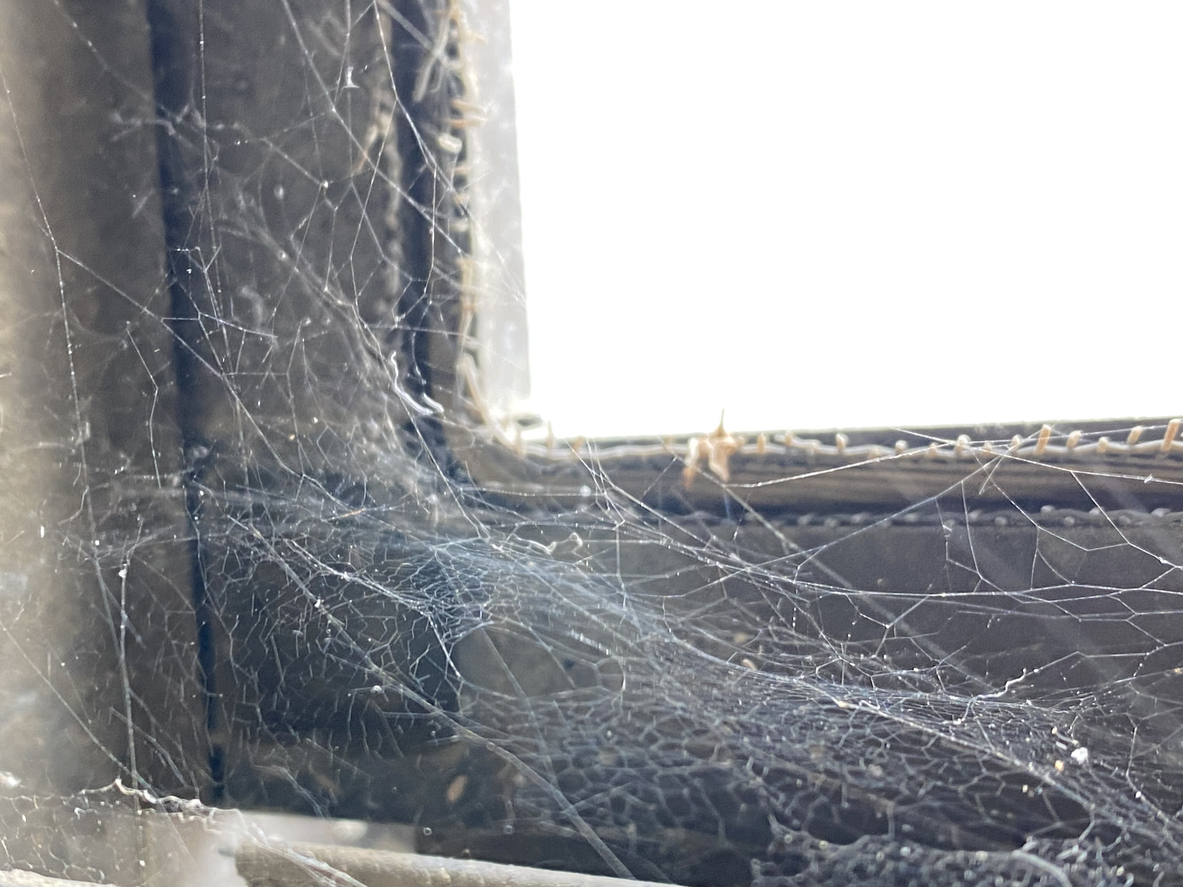 Tangle Webs
Tangle Webs
You likely know this web by another name — a cobweb. As the universal symbol of haunted houses and forgotten corners, it turns out cobwebs aren’t a special kind of web at all.
When freshly made, these three-dimensional webs are known as tangle webs. This name comes from the signature move of the spiders that make them. Unlike the tidy geometry of orb webs, house spiders and comb-footed spiders (including the black widow) rely on chaos when they spin their traps. But that chaos is intentional, and it creates a sticky maze where unlucky insects can get caught from multiple angles.
So, how do tangle webs become cobwebs? It’s not that they become dried out and lose their stickiness over time. They just get coated in dust, making them more visible as they hang from your chandelier. While it’s never fun to know a spider has been crawling around your home, at least these webs serve as a good reminder that it’s time to clean.
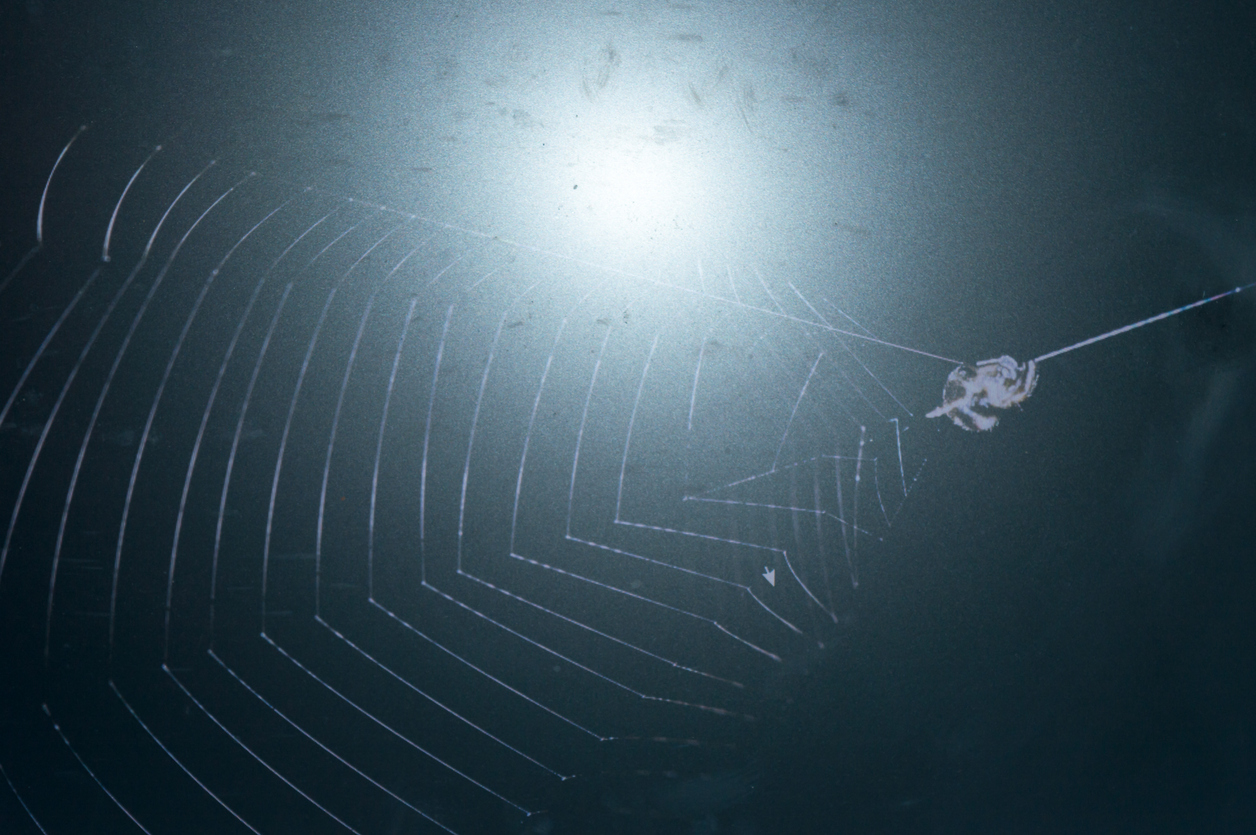 Triangle Webs
Triangle Webs
When it comes to cool spider webs, it’s hard to beat the triangle web.
These webs aren’t sticky, but they don’t need to be. Instead, the spider that makes them — the aptly-named triangle weaver — uses geometry as a weapon. It builds a taut, triangular web and then uses the tension like a slingshot, launching itself forward to snare unsuspecting insects.
Known for its patience and precision, the triangle weaver sits perfectly still until its prey wanders close, and when the moment is right, it strikes. Researchers have even found that this slingshot mechanism can multiply the spider’s strike speed hundreds of times over, making the triangle weaver one of nature’s fastest hunters.
But that perfect triangle doesn’t last. With every strike, the web stretches and collapses as new silk is flung toward the struggling insect, wrapping it tighter and tighter. So if you see an intact triangle web near your home, that means a hungry spider is still waiting for its next meal.
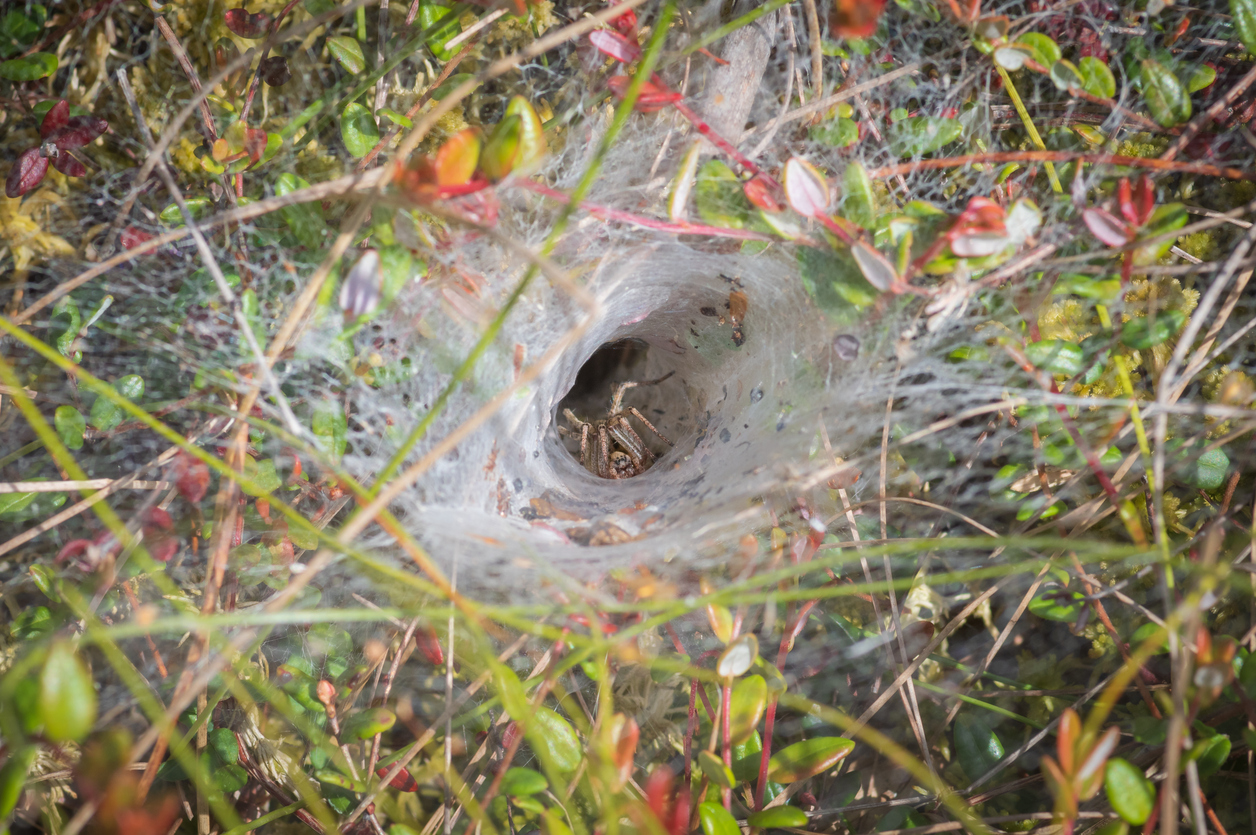 Funnel Webs
Funnel Webs
Is that spider being sucked into a vortex? Nope, it’s just hanging out in a funnel web.
If you’ve ever seen a web in the grass that looks like a silky tunnel fanning out at one end, you’ve found a funnel web. And if you peek inside, there’s probably a spider nestled in it.
But this clever design isn’t just a cozy hideaway for spiders — it’s an ambush tunnel. Funnel weavers and grass spiders use these webs as both a home and a hunting ground. When new prey wanders onto the surface, the spider feels the vibration and bolts out at lightning speed, dragging the insect back into the funnel’s depths.
And if you’ve heard about how dangerous funnel web spiders are, don’t panic. You’re thinking of the Australian funnel-web spider, a completely different species not found in the U.S. So if you see one of these webs in your lawn, it’s not from a venomous spider from Down Under.
Tired of Walking Into Webs?
Spider webs can be fascinating to look at, but if you’re spotting more than you can side-step, it’s time to call in the pros. Contact us to clear out your eight-legged invaders and keep them from spinning their way back.

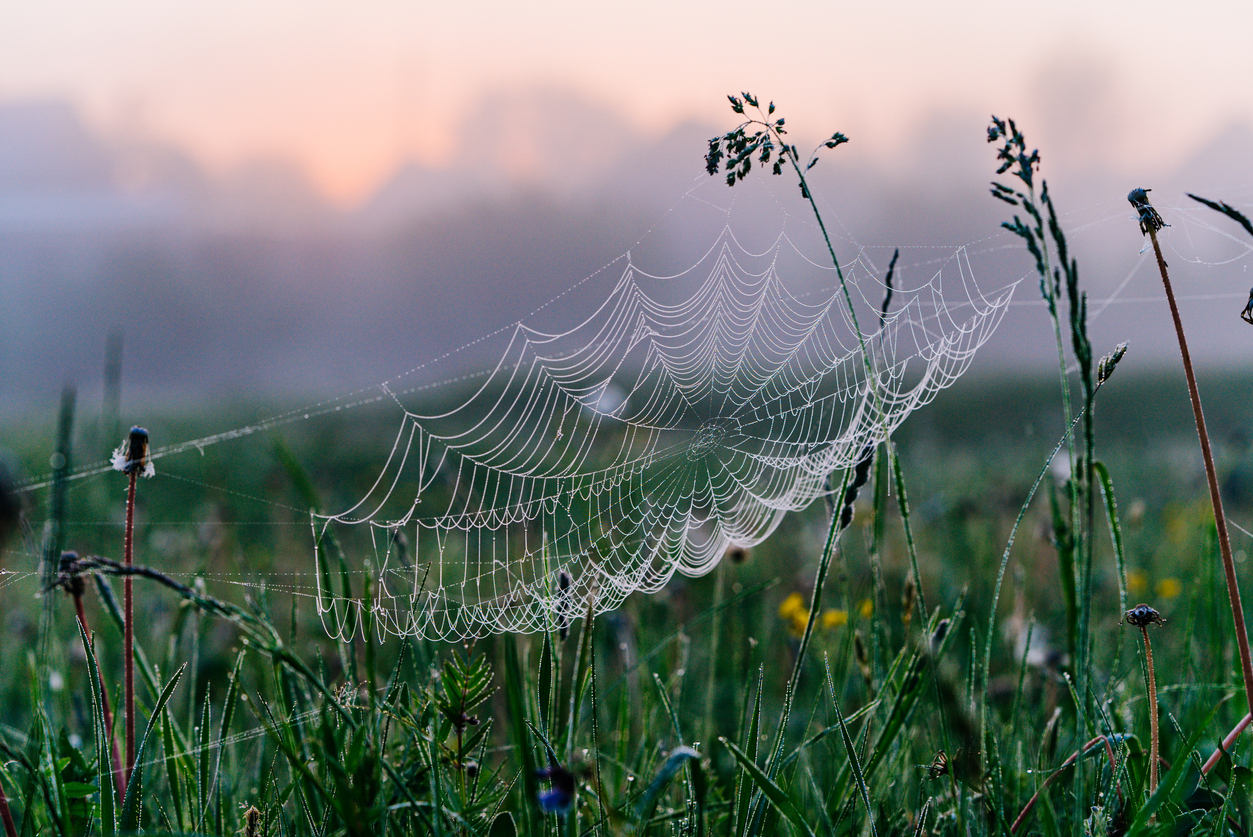




 YouTube
YouTube Facebook
Facebook Twitter
Twitter